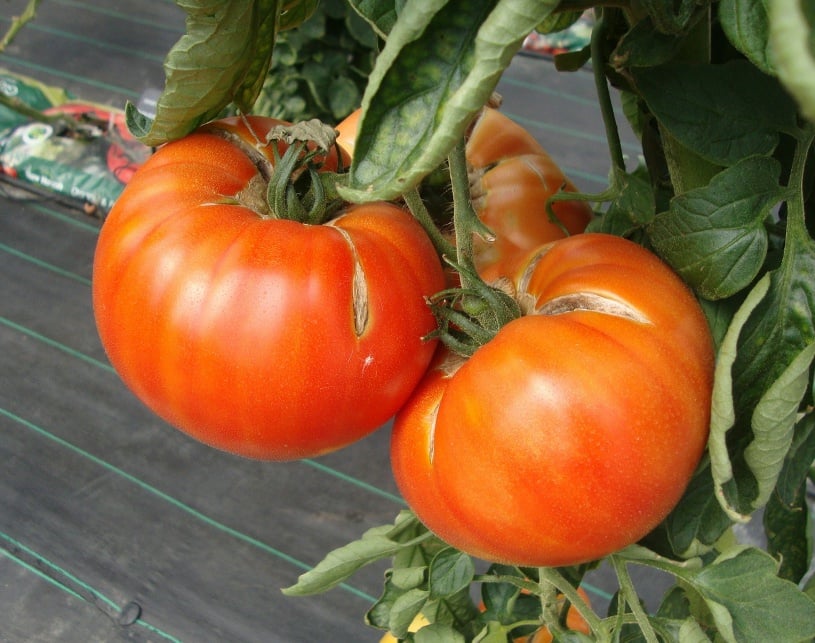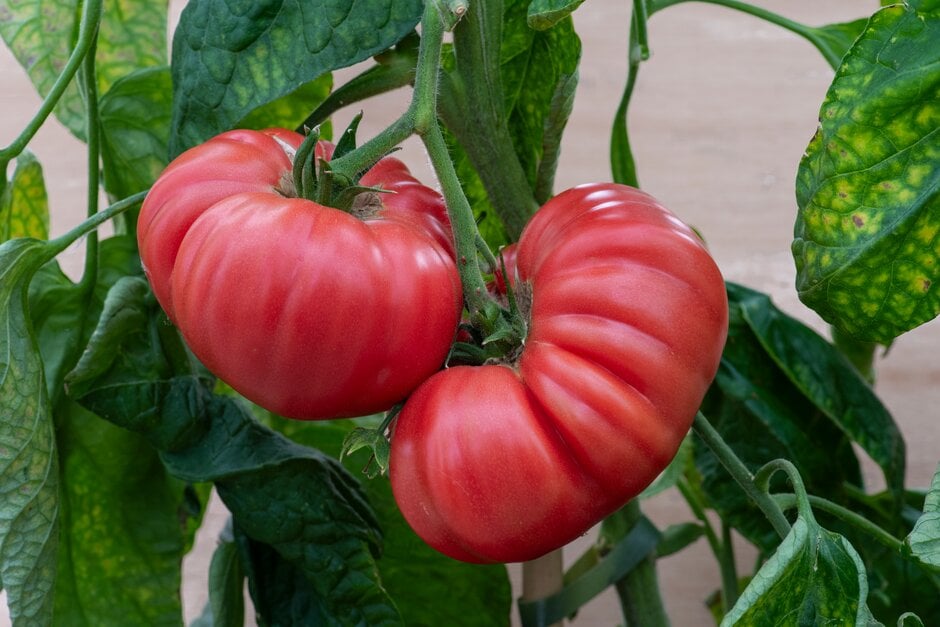Size
Ultimate height
1.5–2.5 metresTime to ultimate height
1 yearUltimate spread
0.5–1 metresGrowing conditions
Moisture
Moist but well–drainedpH
Acid, Alkaline, NeutralColour & scent
| Stem | Flower | Foliage | Fruit | |
| Spring | Green | |||
|---|---|---|---|---|
| Summer | Yellow | Green | Pink Red | |
| Autumn | Green | Pink Red | ||
| Winter |
Position
- Full sun
Aspect
South–facing or West–facing
Exposure
Sheltered Hardiness
H1CBotanical details
- Family
- Solanaceae
- Native to GB / Ireland
- No
- Foliage
- Semi evergreen
- Habit
- Bushy, Climbing
- Genus
Solanum can be annuals, perennials, evergreen or deciduous shrubs or twining climbers, with simple or pinnnately lobed leaves and star- or bowl-shaped, 5-lobed flowers with prominent stamens, followed by fleshy fruits
- Name status
Accepted
How to grow
Cultivation
Start from seed or buy as small plants and grow on in a heated greenhouse or on a warm windowsill. Move to an unheated greenhouse or outside once all risk of frost has passed, and provide support for the plant to grow up. Water regularly to keep the growing media evenly moist; inconsistent watering can lead to splitting and rot. Feed every 10-14 days. See advice on cultivating tomatoes for more detail
Propagation
Propagate by seed. See sowing vegetable seeds or sowing seeds indoors for further advice
Suggested planting locations and garden types
- Patio and container plants
Pruning
Remove all side shoots as they appear. Pinch the growing tip when the plant has formed seven trusses under cover or four trusses outdoors
Pests
May be susceptible to glasshouse whitefly and tomato moth
Diseases
May be susceptible to honey fungus (rarely), potato blight, tomato blight, tomato leaf mould, tomato viruses, magnesium deficiency and blossom end rot. See Tomatoes: leaf problems
Get involved
The Royal Horticultural Society is the UK’s leading gardening charity. We aim to enrich everyone’s life through plants, and make the UK a greener and more beautiful place.

